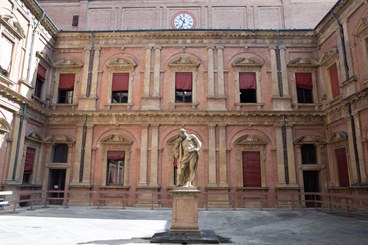The Fellowship of the Spring: a global project to preserve the oases of the world’s drylands

-
Date: 29 APRIL 2025 from 17:30 to 19:00
-
Event location: Aula III via Francesco Selmi 2 - Bologna, Piano Terra. - In presence and online event
-
Type: Lectures
Speaker
ISA Visiting Fellow - Roderick John Fensham
Professor School of the Environment, Australia.
ATTENDANCE
-
in presence -book your seat
Book your seat within April 29, 12 p.m. The places will be assigned on “first come first served” basis.
The accessibility of the building is barrier-free, with pathway from the side entrance with building slide to the classroom located on the ground floor. Also available to persons with disabilities is a single-seat anthropometric bench with variable elevation and tilt positioned near the desk.
An ‘oasis’ signifies a refugium of safety, recovery, relaxation, fertility, and productivity in an inhospitable desert, a sweet spot in a barren landscape where life-giving water spills forth fromthe Earth. Remarkable mythological congruencies exist across dryland cultures worldwide where oases or ‘arid-land springs’ occur. In many places they also provide specialised habitats for an extraordinary array of endemic organisms. To inform their management, and maintain their integrity, it is essential to understand the hydrogeology of aquifers and springs. Gravity-fed vs artesian aquifers; actively recharged vs fossil aquifers, and sources of geothermal activity are important concepts presented here. There are consequences for oases of sustainable and unsustainable groundwater extraction, and other examples of effective conservation management. Oases are archetypes for human consciousness, habitats that deserve protection and conservation, and a lingua franca for multicultural values and scientific exchange. We represent an international Fellowship of the Spring seeking to encompass and facilitate the stewardship of oases and aquifers through improved knowledge, outreach, and governance.